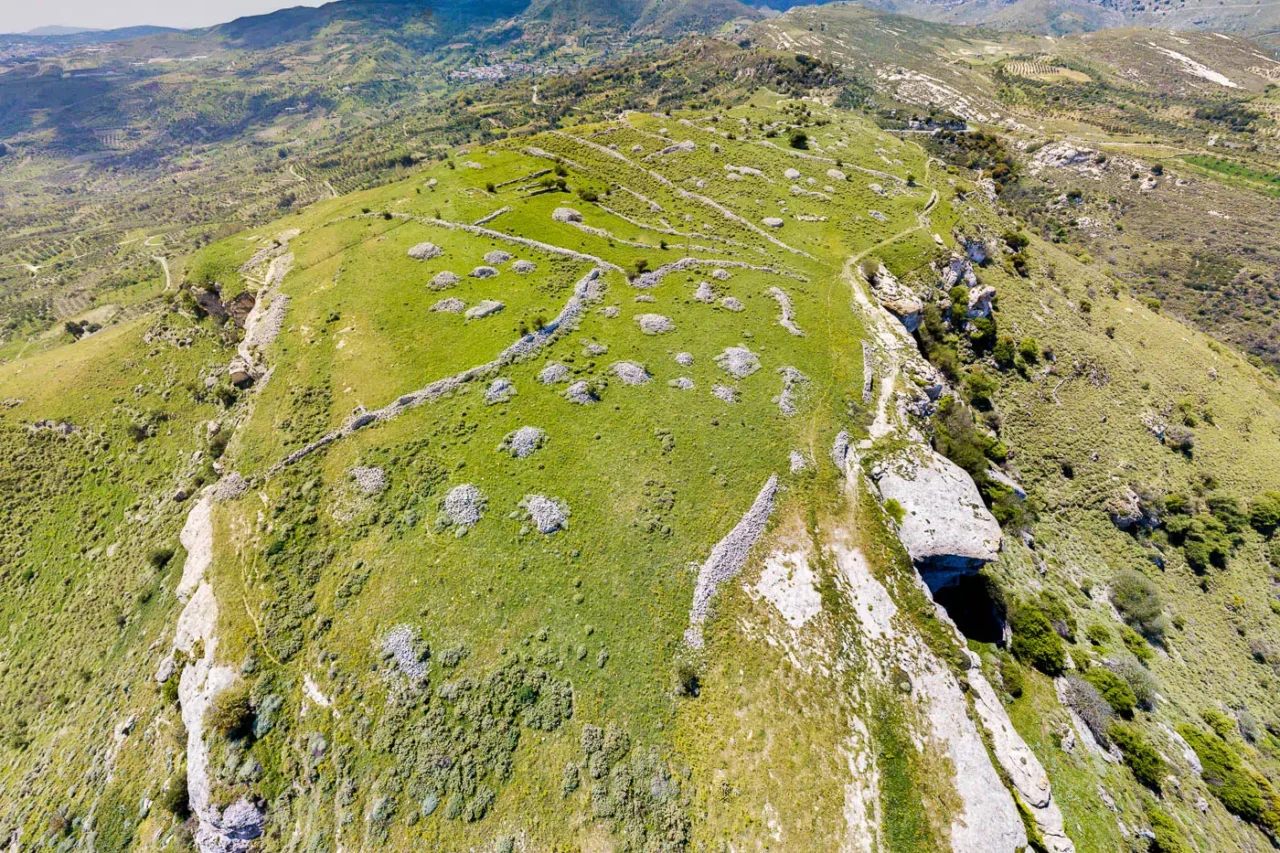
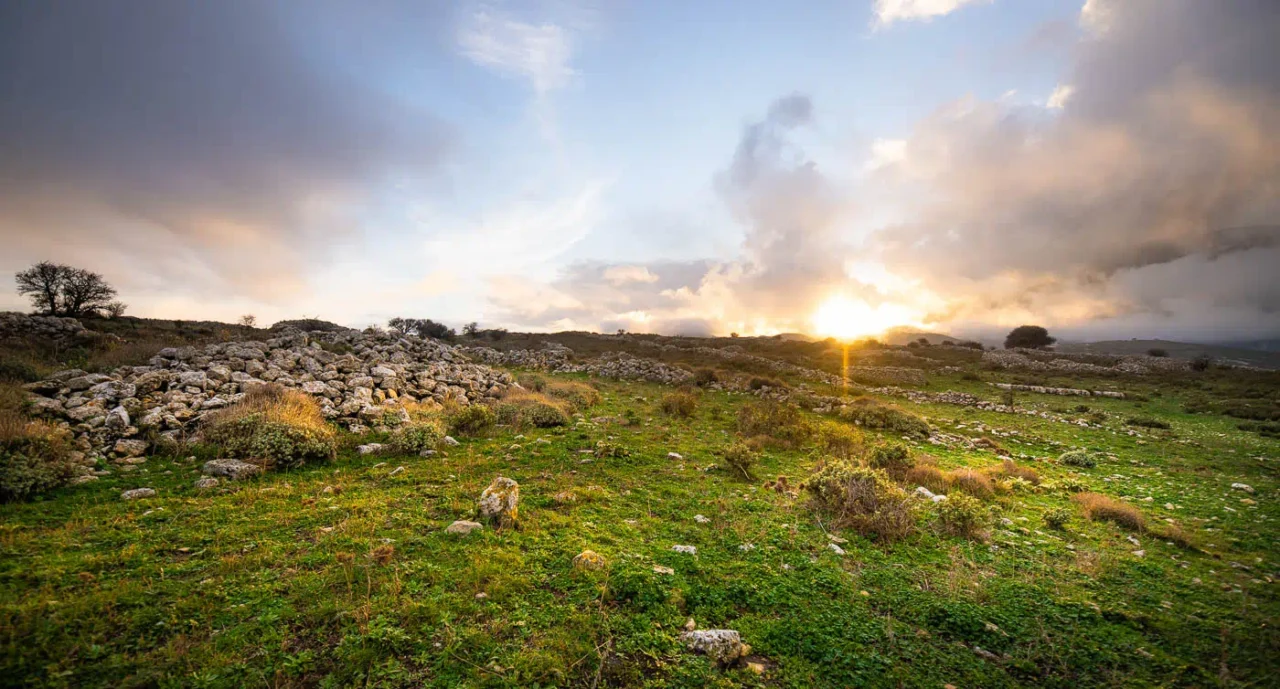
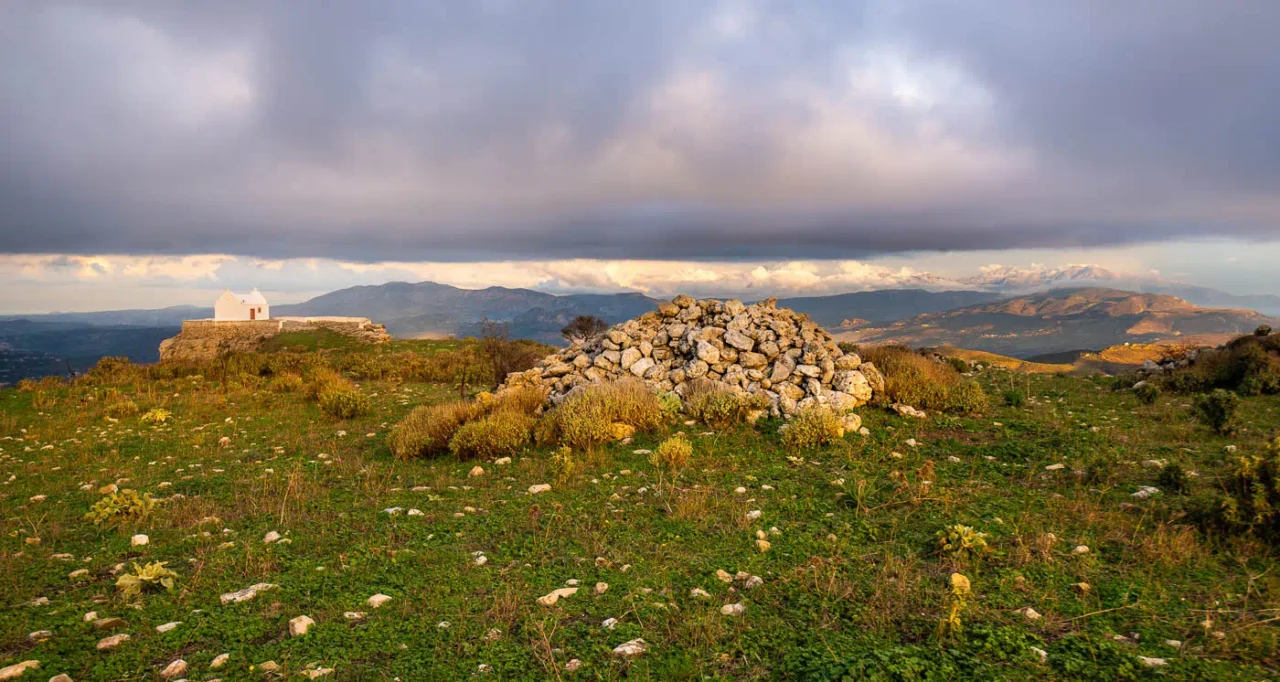
Rhizenia or Rizinia, better known today as Prinias, is an archaeological site in central Crete that offers a glimpse into the island’s rich history during the Late Minoan IIIC period (around 1200 BC). While the exact circumstances surrounding its founding remain uncertain, it is believed that the city was established during a period of significant political and social change in Crete. This period saw the emergence of several new urban centers, including Prinias, which quickly grew in complexity and importance.
Location and Significance
Prinias is located on an elevated plateau known as the Patela, which overlooks key communication routes between the northern and southern coasts of Crete. This strategic position suggests that the city played a crucial role in the region’s political and economic landscape. The archaeological evidence unearthed at Prinias, particularly from the nearby necropolis of Siderospilia, provides much information on the burial practices, social structures, and external connections of the early Cretan communities during the Late Minoan IIIC and Sub-Minoan periods. The presence of imported artifacts from regions like Cyprus and Egypt further underscores Prinias’ integration into a wider network of exchange and interaction during this era.
Political System
The political system of Rizinia appears to have been unique, with the city being governed by the “kosmoi” and other officials appointed by the tribes. This system was under the strict control of the people, suggesting a form of governance that balanced aristocratic and democratic elements. The presence of a codified legal system, as evidenced by the discovery of the “sacred law” of Dreros, further indicates a complex political structure that sought to regulate social and economic interactions within the city-state.
Archaeological Investigations
The archaeological site of Prinias has been the subject of extensive research, primarily conducted by the Italian Archaeological School at Athens. These investigations have revealed much about the city’s urban layout, religious practices, and the daily lives of its inhabitants. The remains of houses, workshops, and public spaces provide valuable insights into the city’s internal organization and infrastructure. Additionally, the discovery of several votive deposits has illuminated the religious beliefs and practices of the people of Prinias, with evidence of both local divinities and influences from other parts of the Aegean world.
The Necropolis of Siderospilia
One of the most significant discoveries at Prinias is the extensive necropolis of Siderospilia, which contains a variety of tomb types and burial practices dating from the Late Minoan IIIC to the Protogeometric period. The presence of both cremation and inhumation burials, as well as different tomb structures, suggests a complex and evolving social organization during this transitional period in Cretan history. The rich grave goods found in some of the tombs, including weapons, jewelry, and imported vessels, indicate the high social status of certain individuals and the city’s connections to a broader network of exchange.
External Connections
The archaeological evidence from Prinias, particularly the presence of imported artifacts in both the settlement and the necropolis, points to the city’s active participation in a wider network of exchange and interaction during the Early Iron Age. The discovery of an Attic Late Protogeometric krater in the Siderospilia necropolis highlights the city’s connections to mainland Greece. This finding is particularly significant as it represents the southernmost example of such an import in the Aegean Sea, suggesting the extensive reach of Attic ceramic production during this period. Moreover, the presence of Cypriot bronze vessels and other imported objects in the necropolis underscores Prinias’ connections to the eastern Mediterranean. These findings, together with evidence of local Cretan influences, paint a picture of a cosmopolitan city that was actively engaged with the broader Aegean and eastern Mediterranean world during the Early Iron Age.
Rhizenia in the Cretan Context
Rhizenia’s location in central Crete places it within a broader network of ancient cities and sites that shaped the island’s history during the Late Minoan IIIC and subsequent periods. To the east lies Knossos, the prominent center of Minoan civilization, while to the south is Gortyn, another major city that rose to prominence in the Archaic and Classical periods. The presence of these powerful neighbors undoubtedly influenced Rhizenia’s development and external relations. The archaeological evidence suggests that Rhizenia, while perhaps not as large or politically dominant as Knossos or Gortyn, maintained its independence and played a significant role in the region’s economic and cultural exchange. The city’s strategic location on the Patela plateau likely facilitated its involvement in trade and communication between the northern and southern coasts of Crete, as evidenced by the presence of imported goods from various parts of the Aegean and eastern Mediterranean.
Site: Key Points
- Construction Period: Late Minoan IIIC (c. 1200 BC)
- Location: Elevated plateau (Patela) in central Crete
- Dimensions: The settlement itself is relatively small, but the surrounding necropolis is extensive.
- Historical Significance: Provides important insights into the social, economic, and religious life of Crete during the Late Minoan IIIC and Sub-Minoan periods.
- Current Status: Active archaeological site with ongoing research and some areas open to the public.
References
- Kotsonas, A. (2002). The rise of the polis in central Crete. EULIMENE, 3, 37-74.
- Mlinar, E. (2011). Fortified towns, settlements and other strongholds on Crete from Archaic through Hellenistic times. Πεπραγμένα Ι΄ Διεθνούς Κρητολογικού Συνεδρίου (Χανιά, 1-8 Οκτωβρίου 2006), A4, 23-32.
- Perna, K. (2020). La necropoli di Siderospilia a Priniàs nell’ambito delle relazioni tra Creta e l’Egeo. Eleutherna, Crete and the Outside World, 270-277
- Biondi, G. (2023). A New Attic Late Protogeometric Krater from the Siderospilia Necropolis of Prinias (Crete). In M. Bentz & M. Heinzelmann (Eds.), Sessions 11-12-Single Contributions Poster Sessions. Archaeology and Economy in the Ancient World (Vol. 56, pp. 215-218). Heidelberg: Propylaeum.
- Rizza, S. (2016). Spatial and architectural analysis of the Siderospilia necropolis (Prinias). First results. 4th Meeting for the Archaeological Work in Crete, Rethymno – November 24/27, 2016.
- Gigli, R., & Patanè, A. (2017). The jewels of the necropolis of Siderospilia. Priniàs: Scavi e ricerche degli anni 2006-2010, 483-493.


















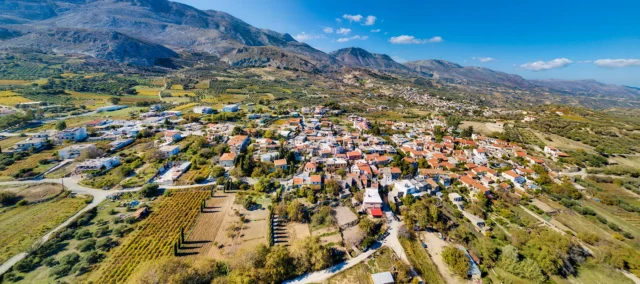

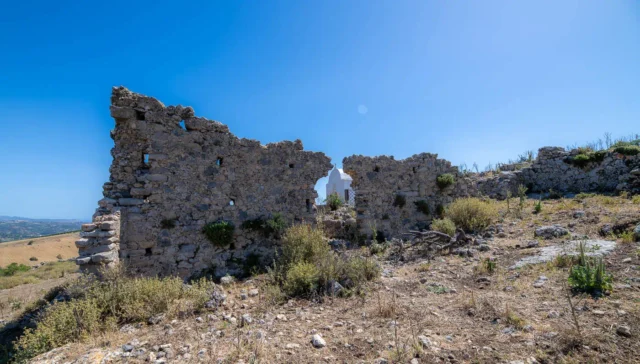



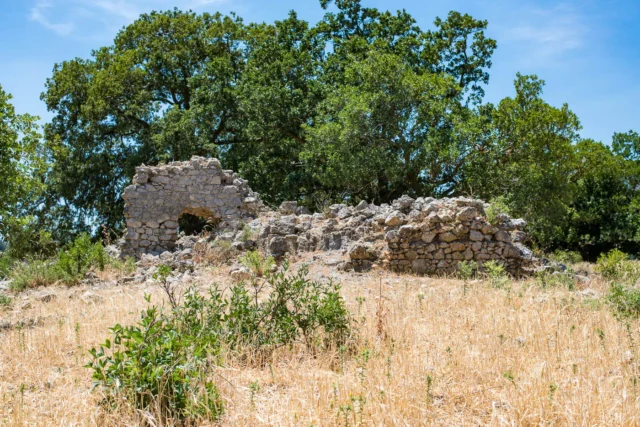
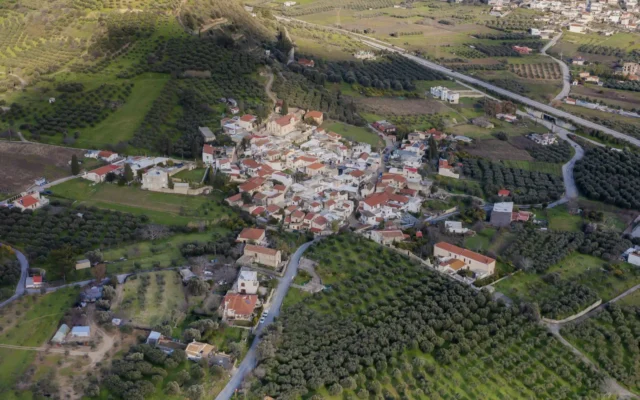
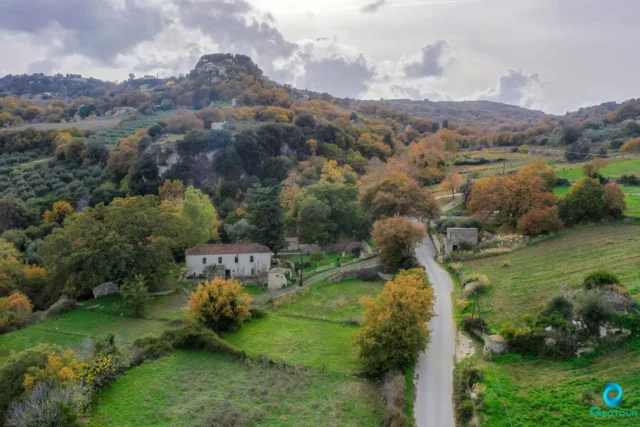
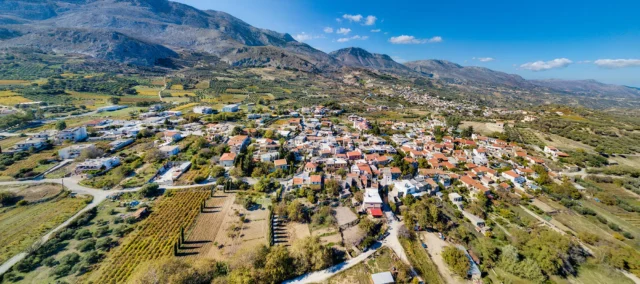
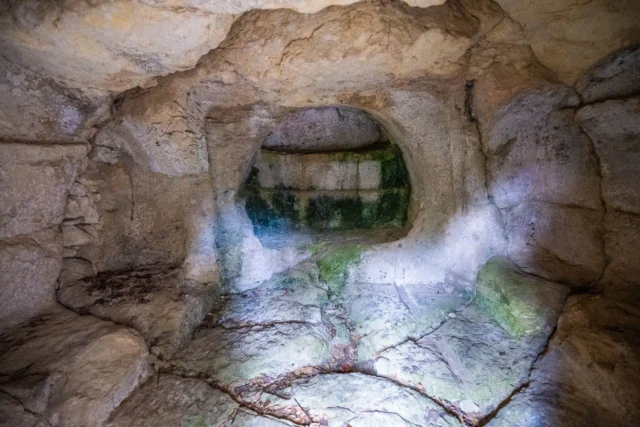


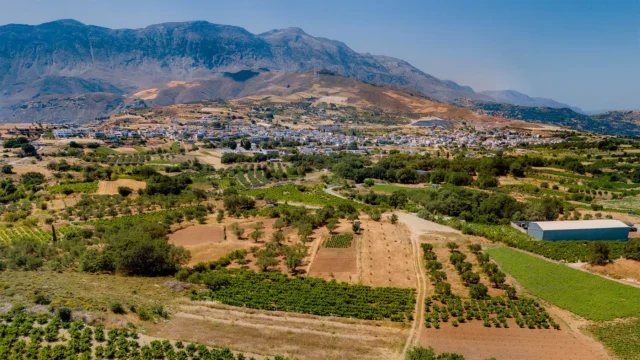
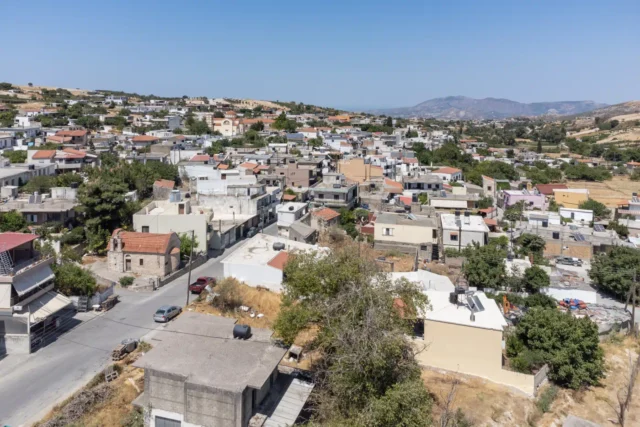
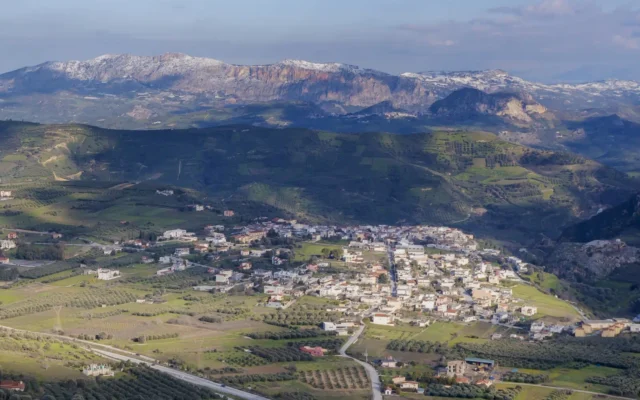
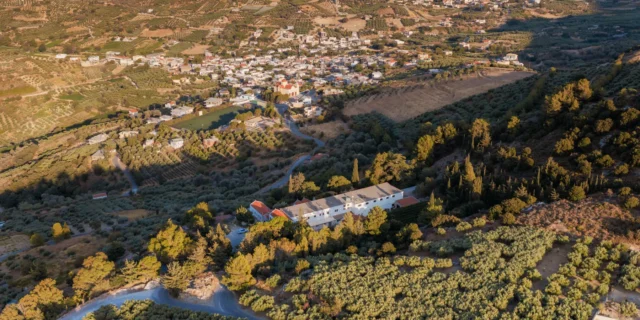
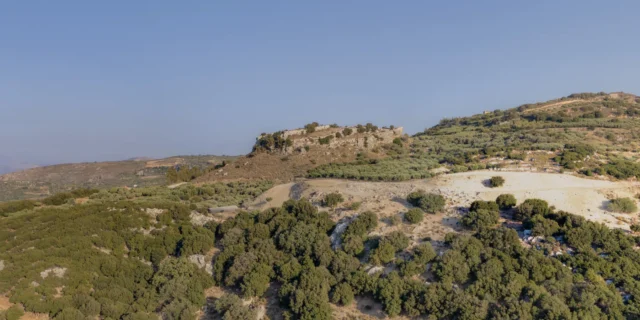
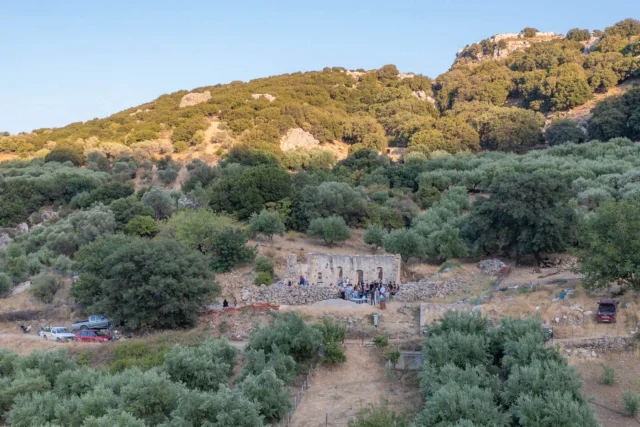

There are no comments yet.